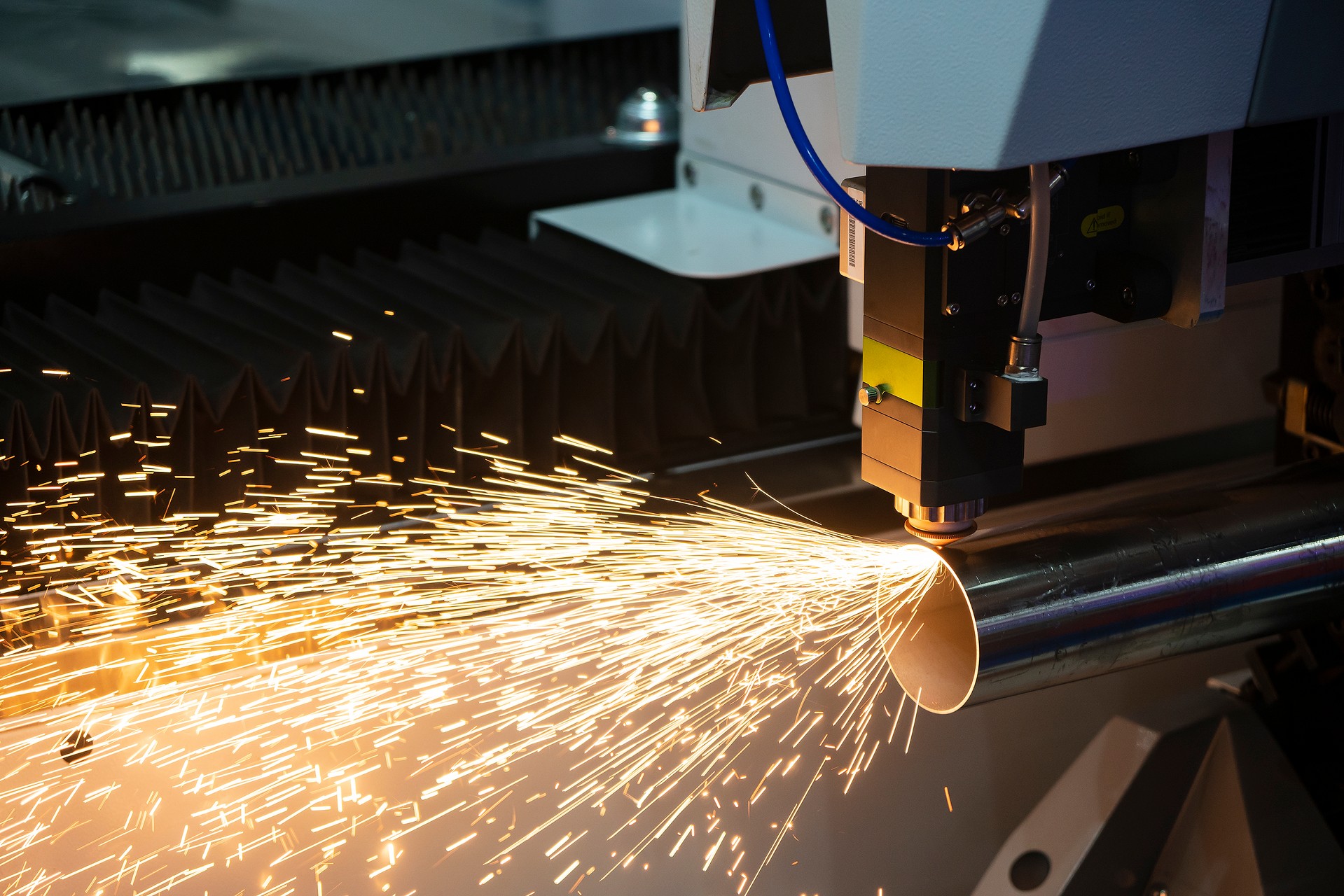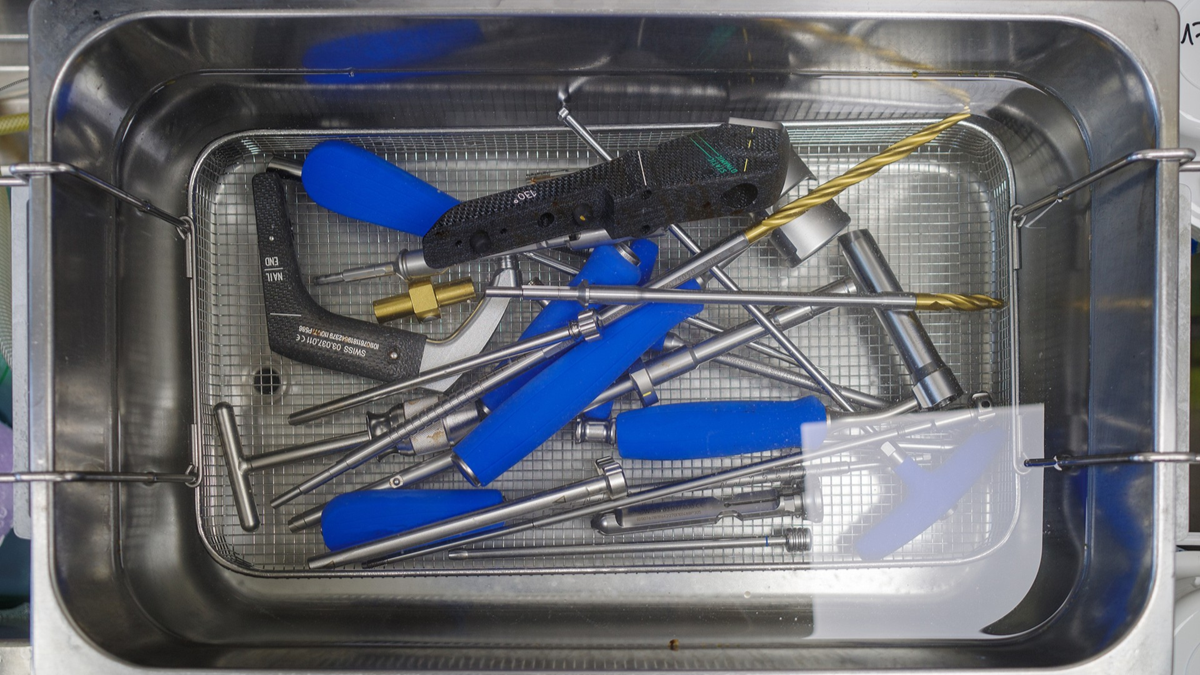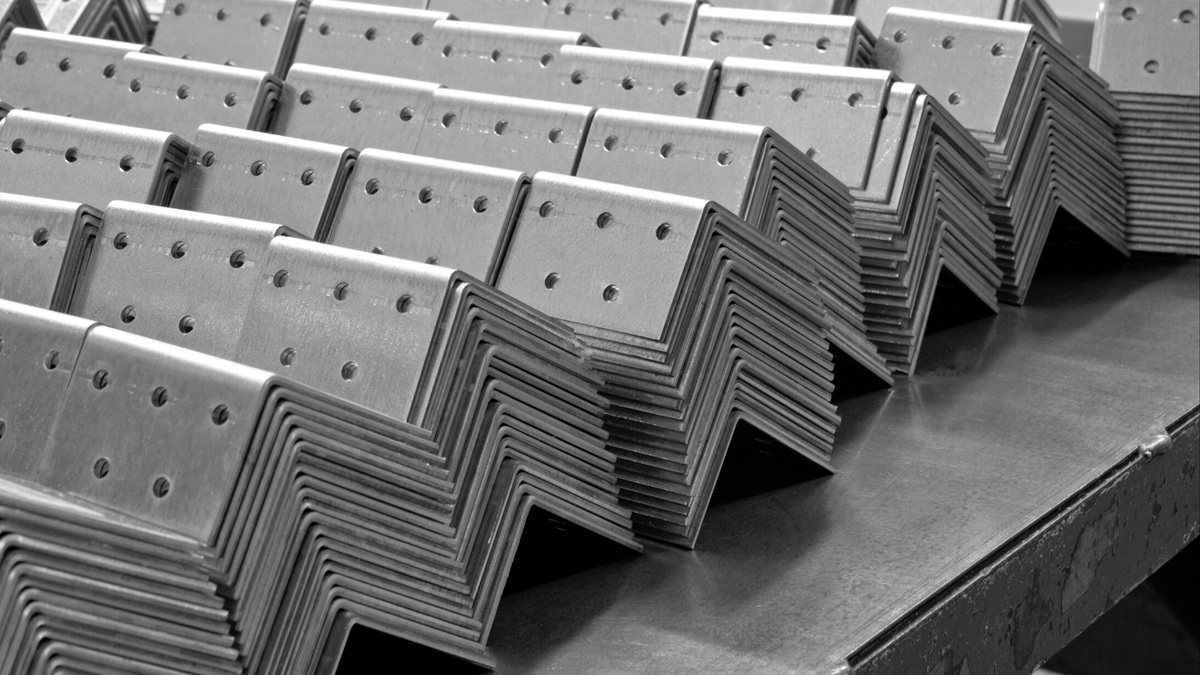Principle and Applications of Laser Cutting Machines
- Working Principle of Laser Cutting
- Common Laser Types
- Advantages of Laser Cutting
- Applications of Laser Cutting
- Conclusion
Working Principle of Laser Cutting
The core of laser cutting lies in energy concentration. A high-energy-density laser beam is focused into a tiny spot, instantly heating the material surface to its melting or vaporization point. Assist gases such as oxygen, nitrogen, or air are then applied to blow away the molten material, resulting in smooth and precise cuts. Since no mechanical tool contacts the workpiece, issues like tool wear, deformation, and mechanical stress are effectively eliminated.
Common Laser Types
- CO₂ Laser With longer wavelengths, CO₂ lasers are well-suited for non-metal materials such as wood, plastics, leather, and glass.
- Fiber Laser Using optical fibers as the gain medium, fiber lasers offer high efficiency and low maintenance, making them the most widely used in metal cutting.
- Solid-state Laser, Nd:YAG Capable of processing highly reflective metals like aluminum and copper, solid-state lasers are ideal for electronics and precision components.
Advantages of Laser Cutting
The widespread adoption of laser cutting stems from its distinct advantages over conventional methods:
- High precision and quality: Narrow kerf width, smooth edges, and minimal need for post-processing.
- Flexibility: Easily adapts to different cutting designs, ideal for small-batch and customized production.
- High speed and efficiency: Particularly effective for thin sheets, with cutting speeds surpassing traditional methods.
- Automation integration: Seamlessly compatible with CNC systems, CAD/CAM software, and smart manufacturing platforms.
Applications of Laser Cutting
- Metal Processing Laser cutting is one of the most essential applications in metal processing. From steel and stainless steel to aluminum alloys, it enables precise component fabrication for machinery, construction, and equipment manufacturing.
- Automotive Industry Automotive parts such as body structures, exhaust systems, and lightweight components require complex cutting. Laser cutting enhances accuracy and contributes to weight reduction, aligning with the design goals of next-generation vehicles.
- Aerospace and Electronics The aerospace sector demands extreme strength and precision in components, which laser cutting can achieve. In electronics, it is used to manufacture miniature components and printed circuit boards.
- Medical Devices Stainless steel and titanium, commonly used in surgical instruments and implants, can be finely cut by lasers with burr-free edges, meeting stringent medical standards.
- Architecture and Interior Design >Laser cutting enables metal engravings, artistic decorations, and customized designs, making it popular in premium architecture and interior design. Through these applications, laser cutting machines have established themselves as vital tools across both traditional manufacturing and emerging industries.
Conclusion
With their precision, flexibility, and integration with smart manufacturing, laser cutting machines are accelerating the transformation of the manufacturing sector. From heavy industries like metal processing to high-tech fields such as electronics and medical applications, their industrial value is evident. Looking ahead, as AI, automation, and material technologies continue to evolve, laser cutting will not only reduce costs and energy consumption but also drive cross-industry innovation, solidifying its role as a key force in smart manufacturing.





.png)







